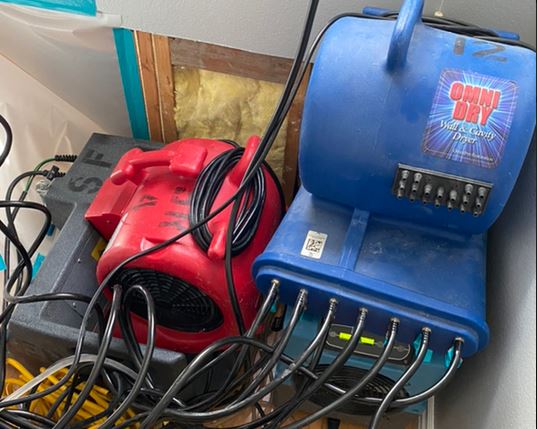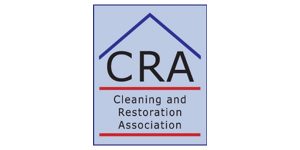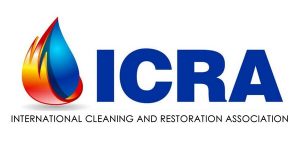
Stucco is perhaps the most common exterior finish for Southern California homes and businesses. It’s economical, attractive, low maintenance, and long-lasting. It even reduces both heating and air-conditioning loads. But if maintenance is completely neglected it can leak, leading to extensive (and expensive) water damage you might not even be aware of.
Water damage isn’t just a matter of plumbing, appliance, and roof leaks. Water can get in through cracks in the stucco as well as through flashing and sealant gaps around windows and doors. And then it can damage the structure along with the stucco itself. So in addition to checking the roof, it’s a good idea to thoroughly inspect the building exterior.
Tip: Thinking of pressure-washing? Stucco and sealants must be perfect!
About Stucco
There isn’t anything really special about stucco. It’s simply a mixture of Portland cement, sand, and water in the proper grades and proportions. Typically there are three coats prior to painting: scratch, “brown,” and finish. The result is moisture and water-resistant, but can still suffer from water damage itself whenever dampness lingers.
Causes of Problems
Improper installation can cause problems within months, or many years down the line. That includes flashing, sealants, and painting. The building shifting due to ground settling or earthquakes, heavy winds, or simply age can also take their toll. The result is that the exterior absorbs rather than repels water. Patches can fall away, and even the tiniest of cracks are a potential moisture problem. It’s also important to have a proper vapor barrier between the stucco and the structure along with “weep screeds” at the bottom of the wall.
Signs and Symptoms
Sheathing, wood framing, and insulation lie just beyond the stucco exterior. All of these can suffer from mold and other water damage, and that damage can be extensive if symptoms are ignored. There can be a major hidden mold infestation, and the building can quite literally rot from the outside in.
If the water damage is bad enough to notice indoors, then the odds are that there’s hidden damage that’s very bad. But the sooner you detect problems the less damage there will be. Here are some important symptoms and signs to keep a lookout for.
- Cracks, missing chips, and faulty patches.
- Bumps — these indicate moisture underneath.
- Crumbling, soft spots, indentations, or bulges indicate serious water damage.
- Gaps or missing caulk around windows and doors.
- Signs of damage around windows and doors, indoors and out. In particular, soft or moldy interior drywall below a window.
- Stucco remaining damp-looking many days after a rain.
- Cracks or bubbles near the bottom of an exterior wall.
If you have any doubts, a professional inspection for moisture and leaks can be a wise decision.
Insurance
As with nearly all home and business insurance claims, you’re not likely to be covered if you’ve neglected obvious signs of trouble. A claim may also be denied if the stucco was not installed by a licensed contractor. Otherwise, water damage restoration should be covered.









